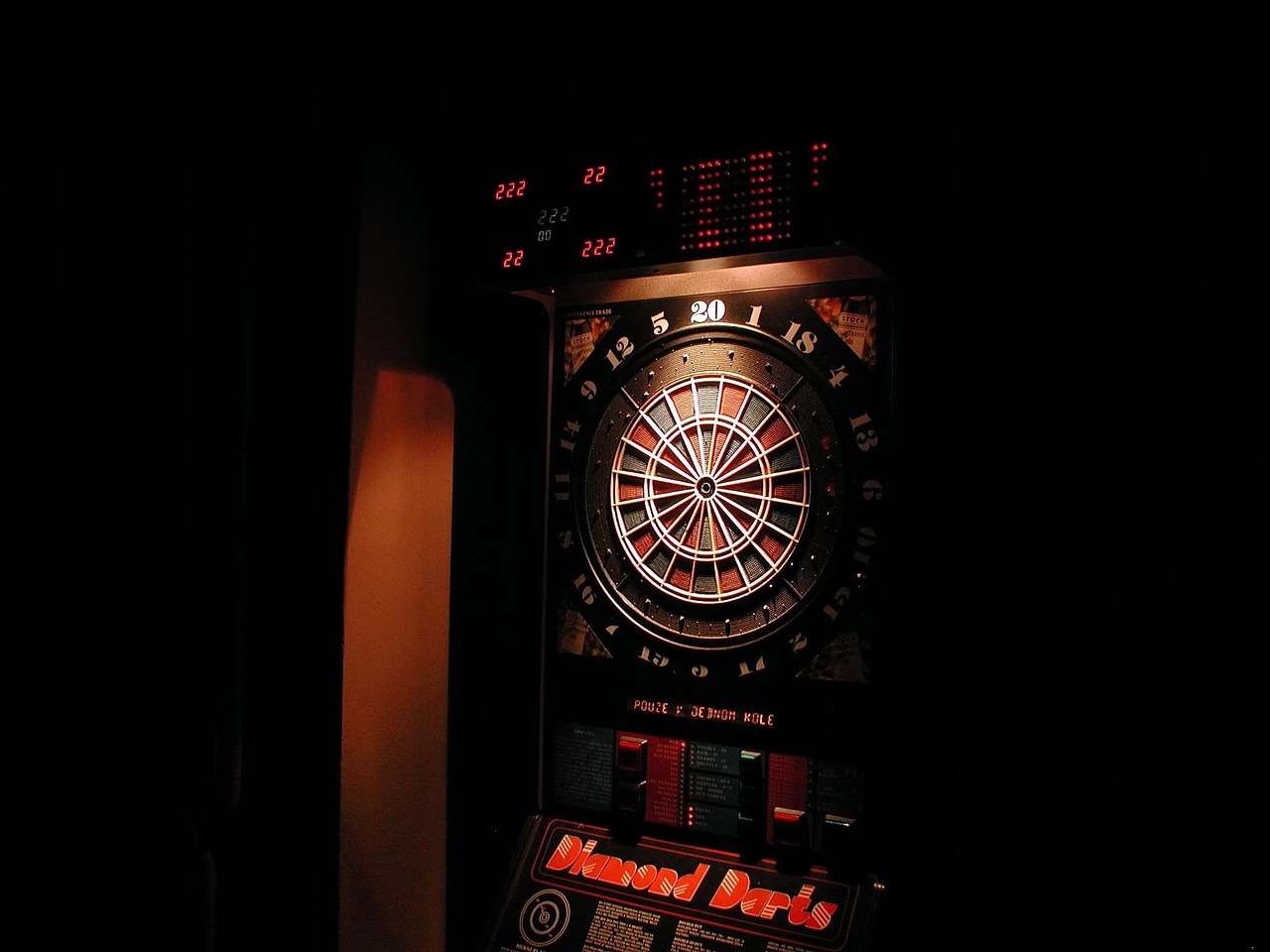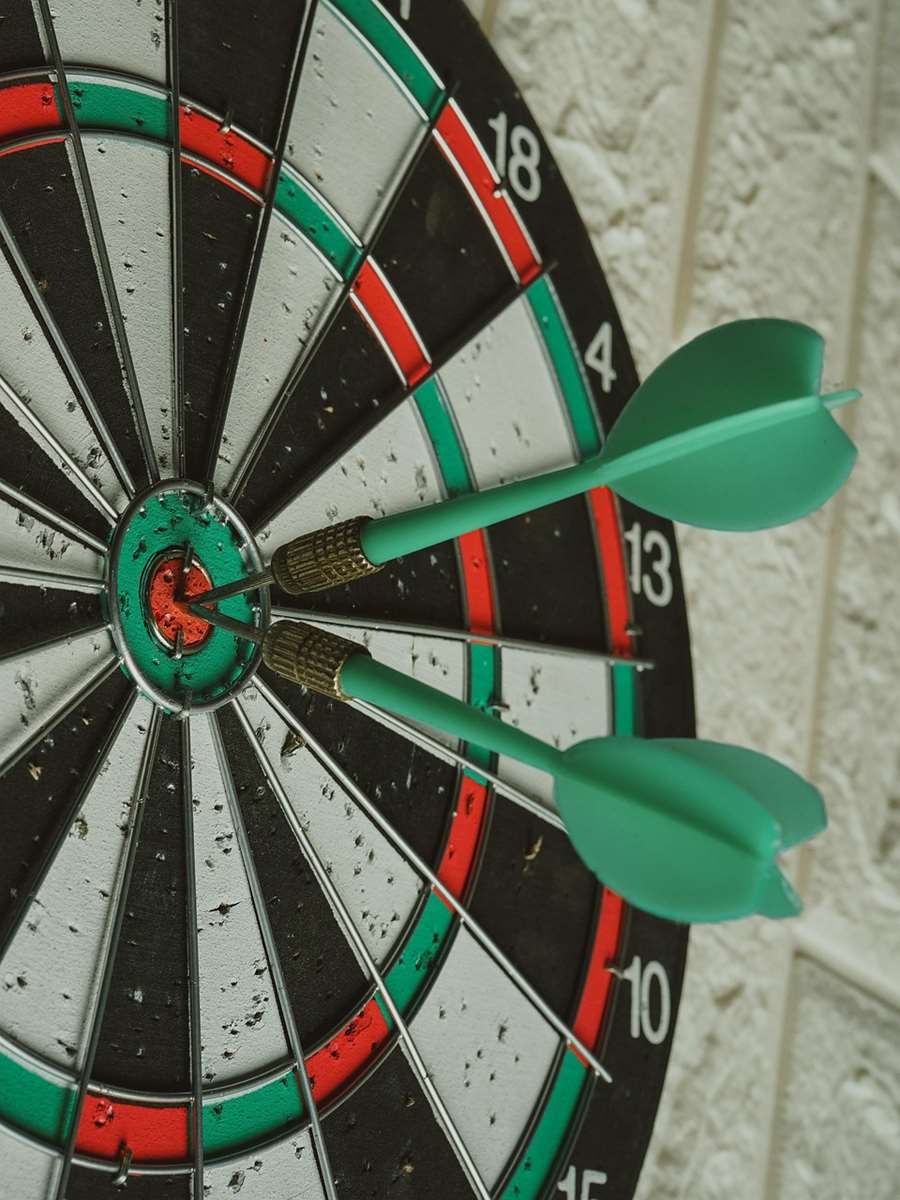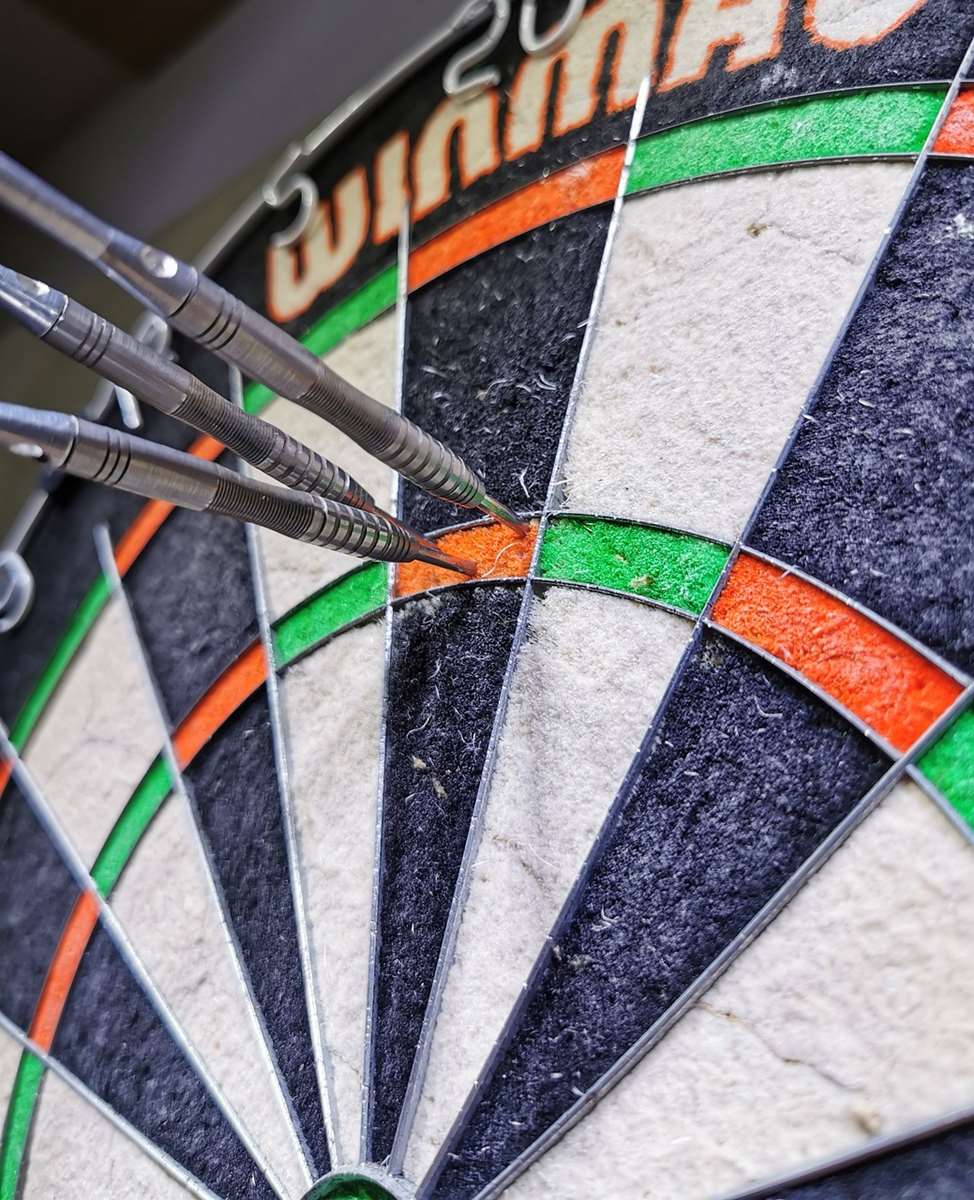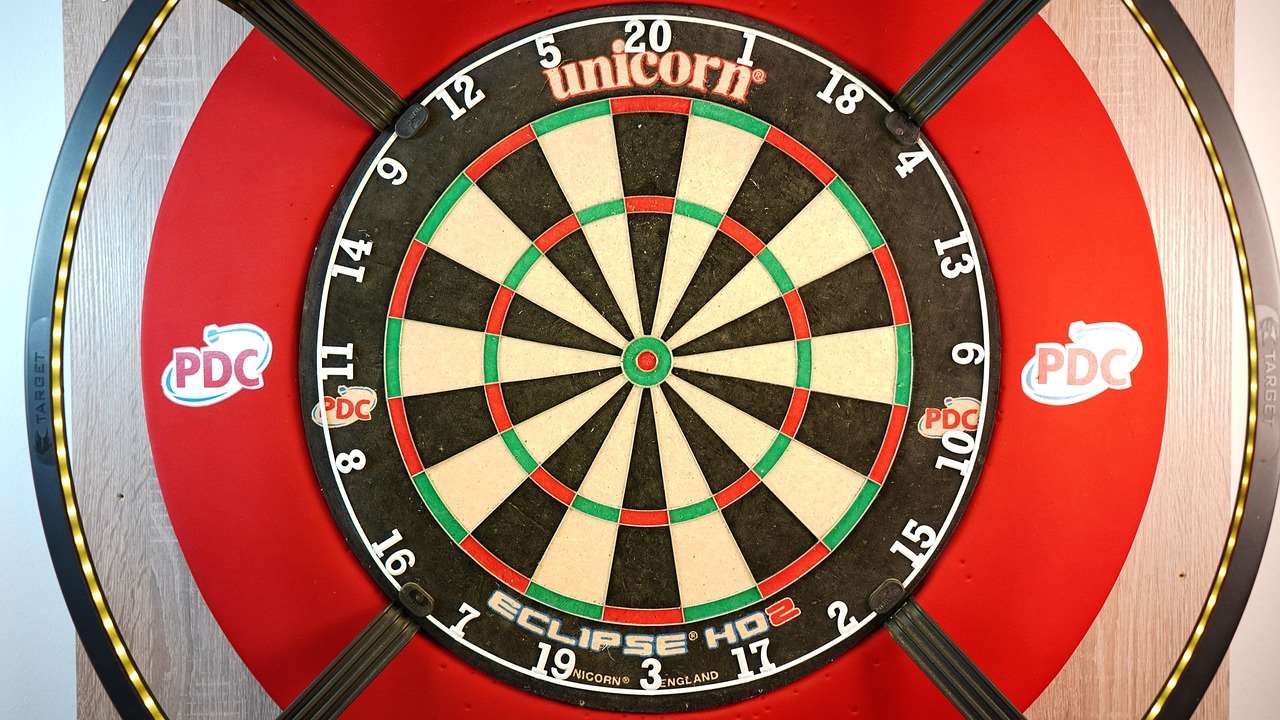Choosing the right target darts flights and stems is crucial for improving your game and achieving consistent throws; by understanding the different types and materials available, you can fine-tune your dart setup to suit your individual style. This article will delve into the world of dart flights and stems, exploring the various options and how they impact your dart’s trajectory and overall performance.
⚠️ Still Using Pen & Paper (or a Chalkboard)?! ⚠️
Step into the future! The Dart Counter App handles all the scoring, suggests checkouts, and tracks your stats automatically. It's easier than you think!
Try the Smart Dart Counter App FREE!Ready for an upgrade? Click above!
Understanding the Importance of Target Darts Flights and Stems
The flight and stem of a dart are often overlooked, but they play a vital role in stabilizing the dart during its flight path. The flight acts as a wing, creating drag and influencing the dart’s angle of descent, while the stem connects the flight to the barrel and affects the dart’s balance and length. Together, they determine how smoothly and accurately your dart travels to the board.
Think of it like this: the barrel provides the weight and grip, allowing you to throw with consistency, but the flights and stems are the aerodynamic controls, steering the dart towards its destination. If your flights are too small, your dart might wobble excessively. If your stems are too long, the dart might dip sharply. Finding the right combination is key to achieving your desired trajectory and minimizing deflections.
Furthermore, understanding the interplay between these components can significantly impact your scoring. A well-balanced dart, with the appropriate target darts flights and stems, will group tighter, increasing your chances of hitting those crucial doubles and trebles. It can also reduce the dreaded “bounce-outs,” saving you valuable points and frustration.

Different Types of Dart Flights
Dart flights come in a variety of shapes, sizes, and materials, each offering unique aerodynamic properties. The most common shapes include standard, kite, slim, and pear. Let’s explore these options in more detail:
- Standard Flights: These are the most common type, offering a large surface area for maximum stability. They are ideal for beginners and players who prefer a slower, more controlled flight path. These can be beneficial when using a darts mat.
- Kite Flights: Similar to standard flights but with a slightly narrower profile. They provide a good balance between stability and speed.
- Slim Flights: As the name suggests, these flights are narrower than standard flights, offering less drag and a faster, more direct flight path. They are often preferred by more experienced players with a faster throwing style.
- Pear Flights: These flights are wider at the base and taper towards the top, providing a lift effect and a more arcing trajectory.
The material of the flight also plays a role. Common materials include:
- Polyester: A durable and affordable option, polyester flights are a good all-around choice.
- Nylon: More flexible than polyester, nylon flights offer slightly better aerodynamics.
- Mylar: A reflective material that adds stiffness and durability to the flight.
- Plastic: Often used for molded flights that offer exceptional durability and consistent shape.
Experimenting with different flight shapes and materials is essential to finding the best match for your throwing style. Consider factors such as your throwing speed, grip, and the angle at which you release the dart.
Flight Thickness and its Effect
Even the thickness of a flight can impact its performance. Thicker flights are generally more durable, but they can also create more drag. Thinner flights are more aerodynamic but may be more prone to damage. Finding the right balance between durability and aerodynamics is crucial.
Exploring Different Types of Dart Stems
Dart stems, also known as shafts, connect the flight to the barrel and influence the dart’s balance and length. They come in various lengths, materials, and styles. Let’s take a closer look:
- Length: Stems are available in short, medium, and long lengths. Shorter stems shift the dart’s center of gravity forward, resulting in a more direct flight path. Longer stems shift the center of gravity backward, providing more stability.
- Material: Common stem materials include nylon, aluminum, and carbon fiber. Nylon stems are lightweight and flexible, while aluminum stems are more durable and offer a more rigid feel. Carbon fiber stems provide the best of both worlds, offering a combination of lightweight and durability. Are you having a dart shaft alu oder plastik conundrum?
Beyond the basic materials, you’ll also find stems with features like spinning tops, which allow the flight to rotate freely, reducing deflections caused by incoming darts. These can be especially useful if you tend to group your darts closely.
It’s also worth noting that some stems come with rings or springs that hold the flight securely in place, preventing it from falling out during play. This can be a significant advantage, especially for players who throw with a lot of force.

Stem Weight Considerations
Similar to flights, the weight of the stem can also influence the dart’s flight path. Heavier stems can help to stabilize the dart, while lighter stems can allow for a faster, more agile flight. Experimenting with different stem weights can help you fine-tune your dart’s performance.
Matching Target Darts Flights and Stems for Optimal Performance
The key to achieving optimal dart performance lies in finding the right combination of target darts flights and stems. This is a highly personal process, as the ideal setup will vary depending on your individual throwing style and preferences.
Here are some general guidelines to consider:
- Start with a balanced setup: Begin with medium-length stems and standard-shaped flights. This will provide a good starting point for experimentation.
- Adjust for wobble: If your darts are wobbling excessively in flight, try using larger flights or longer stems to increase stability.
- Adjust for dropping: If your darts are dropping too quickly, try using smaller flights or shorter stems to reduce drag.
- Consider your throwing speed: Players with faster throwing speeds may benefit from smaller flights and shorter stems, while those with slower throwing speeds may prefer larger flights and longer stems.
Remember, there’s no one-size-fits-all solution. The best way to find the right combination is to experiment with different options and track your results. Pay attention to how your darts fly and make adjustments accordingly.
Don’t be afraid to mix and match different flight and stem combinations. You might find that a particular combination works perfectly for one set of darts but not for another. The key is to be patient and persistent in your search for the ideal setup.

Maintenance and Care of Dart Flights and Stems
To ensure the longevity and performance of your target darts flights and stems, proper maintenance and care are essential. Here are some tips:
- Inspect regularly: Check your flights and stems for damage, such as tears, cracks, or bends. Replace them as needed.
- Clean your flights: Dust and debris can accumulate on your flights, affecting their aerodynamics. Clean them regularly with a soft cloth.
- Tighten your stems: Loose stems can cause instability and affect your accuracy. Ensure that your stems are securely tightened to the barrel.
- Use flight protectors: Flight protectors can help to prevent damage to your flights, extending their lifespan.
- Store your darts properly: When not in use, store your darts in a case or holder to protect them from damage.
By following these simple maintenance tips, you can keep your flights and stems in top condition and ensure consistent performance for years to come. Investing in quality components and taking care of them is a worthwhile investment in your darting success.
Advanced Considerations: Weight Distribution and Balance
Beyond the basic shapes and materials, more advanced dart players often consider weight distribution and overall balance when selecting target darts flights and stems. Adjusting these factors can significantly fine-tune the dart’s trajectory and feel.
For example, adding weight to the front of the dart can make it more stable and less prone to wobble. This can be achieved by using heavier barrels or shorter stems. Conversely, adding weight to the rear of the dart can make it more responsive and easier to control. This can be achieved by using longer stems or heavier flights.
Experimenting with different weight distributions can be a fun and rewarding way to optimize your dart setup. However, it’s important to remember that even small changes can have a significant impact on the dart’s flight path. Therefore, it’s crucial to make adjustments gradually and track your results carefully.

The Impact of Dart Flights and Stems on Different Dart Games
The choice of target darts flights and stems can also be influenced by the specific dart game you’re playing. For example, in games like 501, where accuracy is paramount, a stable and predictable flight path is essential. Therefore, larger flights and longer stems may be preferred. However, in games like Cricket, where speed and maneuverability are more important, smaller flights and shorter stems may be more advantageous.
Understanding the nuances of different dart games can help you make informed decisions about your equipment. By tailoring your dart setup to the specific requirements of each game, you can maximize your chances of success. Consider these factors when aiming at a dartboard nz.
Where to Buy Target Darts Flights and Stems
Target darts flights and stems are readily available from a variety of sources, including online retailers, sporting goods stores, and specialty dart shops. When purchasing, it’s important to consider the quality of the materials and the reputation of the brand.
Some popular brands known for producing high-quality dart flights and stems include:
- Target Darts
- Unicorn Darts
- Winmau Darts
- Harrows Darts
Reading reviews and comparing prices from different retailers can help you find the best deals on the equipment you need. Don’t be afraid to ask for recommendations from experienced dart players or professionals. Their insights can be invaluable in helping you make informed purchasing decisions.

Conclusion: Mastering Your Dart Setup
Choosing the right target darts flights and stems is a continuous journey of experimentation and refinement. By understanding the different types and materials available, you can fine-tune your dart setup to suit your individual throwing style and preferences. Remember to consider factors such as flight shape, stem length, material, and weight distribution. Regular maintenance and care will ensure the longevity and performance of your equipment.
Ultimately, the best way to find the perfect combination is to experiment with different options and track your results. Don’t be afraid to try new things and adapt your setup as your skills evolve. With patience and persistence, you can unlock your full darting potential and achieve consistent accuracy and improved scoring. Ready to improve your game? Check out the Dart Counter App to track your progress!
Hi, I’m Dieter, and I created Dartcounter (Dartcounterapp.com). My motivation wasn’t being a darts expert – quite the opposite! When I first started playing, I loved the game but found keeping accurate scores and tracking stats difficult and distracting.
I figured I couldn’t be the only one struggling with this. So, I decided to build a solution: an easy-to-use application that everyone, no matter their experience level, could use to manage scoring effortlessly.
My goal for Dartcounter was simple: let the app handle the numbers – the scoring, the averages, the stats, even checkout suggestions – so players could focus purely on their throw and enjoying the game. It began as a way to solve my own beginner’s problem, and I’m thrilled it has grown into a helpful tool for the wider darts community.